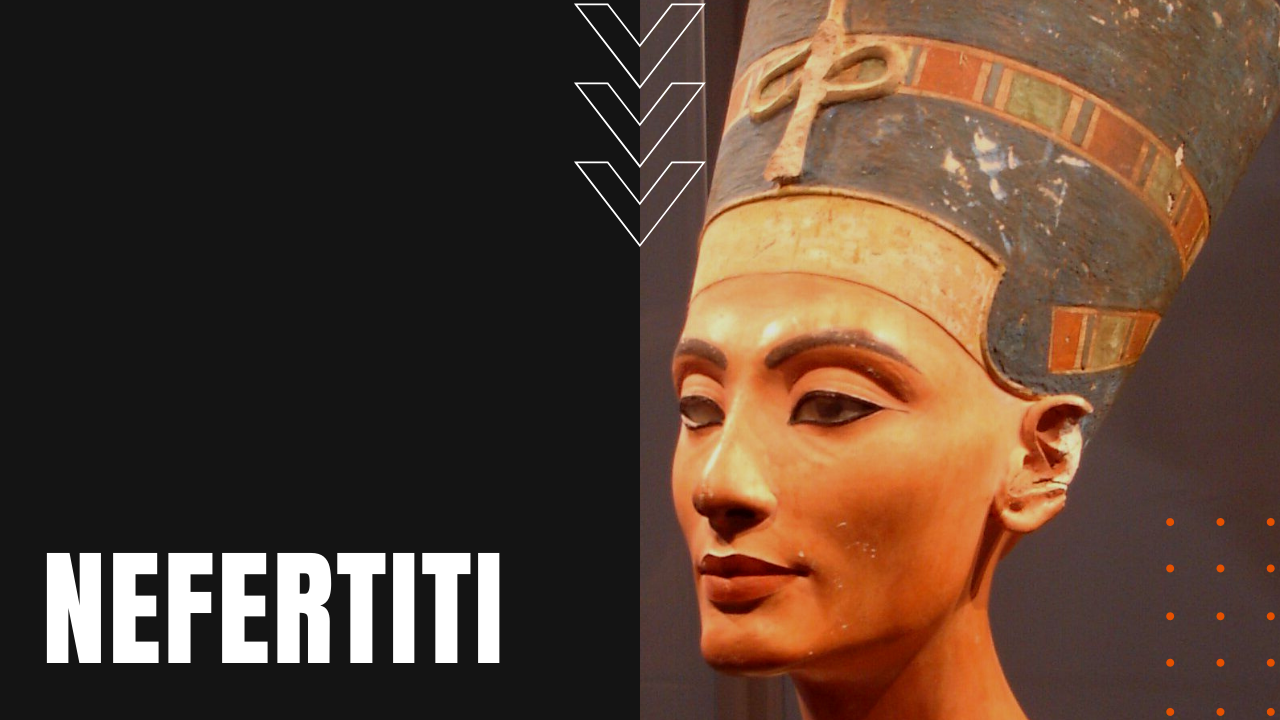Nefertiti: The Co-Regent of Ancient Egypt?

From 1370 to 1330 BCE, Nefertiti was the queen of Egypt due to her marriage to Amenhotep IV, who in the fifth year of his reign moved the capitol north to Amarna, changed his name to Akhenaten and displaced Egypt’s chief god Amon in favor of Aten the sun god.
Nefereferuaten
Nefertiti also changed her name to Nefereferuaten, which translates to “Beautiful are the beauties of Aten, a Beautiful Woman has come.” Early images of Nefertiti reveal an independent young woman, but in later renditions, her appearance begins to mirror the likeness of her husband Akhenaten.
Nefertiti’s depiction alongside her husband appears with far greater frequency than any of Egyptian queen, oftentimes showing her in positions of power as she worships Aten, or drives chariots in the heat of battle. While Nefertiti disappeared from the historical record in the 12th year of Akhenaten’s 17-year rule, some Egyptologists continue to debate whether she passed away or became co-regent with her husband under the name Neferneferuaten.
Akhenaten’s reign was followed by Pharaoh Smenkhkare, who some historians believe may have been another name for Nefertiti. Such a gender disguise wouldn’t be without Egyptian precedence, since in the 15th century BCE, female pharaoh Hatshepsut ruled Egypt under the bearded disguise of a man.
Bust of Nefertiti
The most infamous bust of Nefertiti was discovered by German archaeologist Ludwig Borchardt in December of 1913, which was buried upside down in the excavated workshop of royal sculptor Thutmose. The bust remained in a private collection for the next 11 years, but after public interest in Egyptian antiquity exploded following British Egyptologist Howard Carter’s 1922 discovery of King Tut’s tomb, a year later, the Nefertiti bust was put on display in a Berlin museum.
Despite two world wars, the bust of Nefertiti remained in German hands, so revered by Adolph Hitler, that he professed that he would “never relinquish the head of the Queen.” Hidden in a salt mine during the Allied bombings of World War Two, the bust of Nefertiti now attracts over 500,000 visitors annually to Berlin’s Neues Museum, making Nefertiti one of the most admired queens of ancient antiquity.
